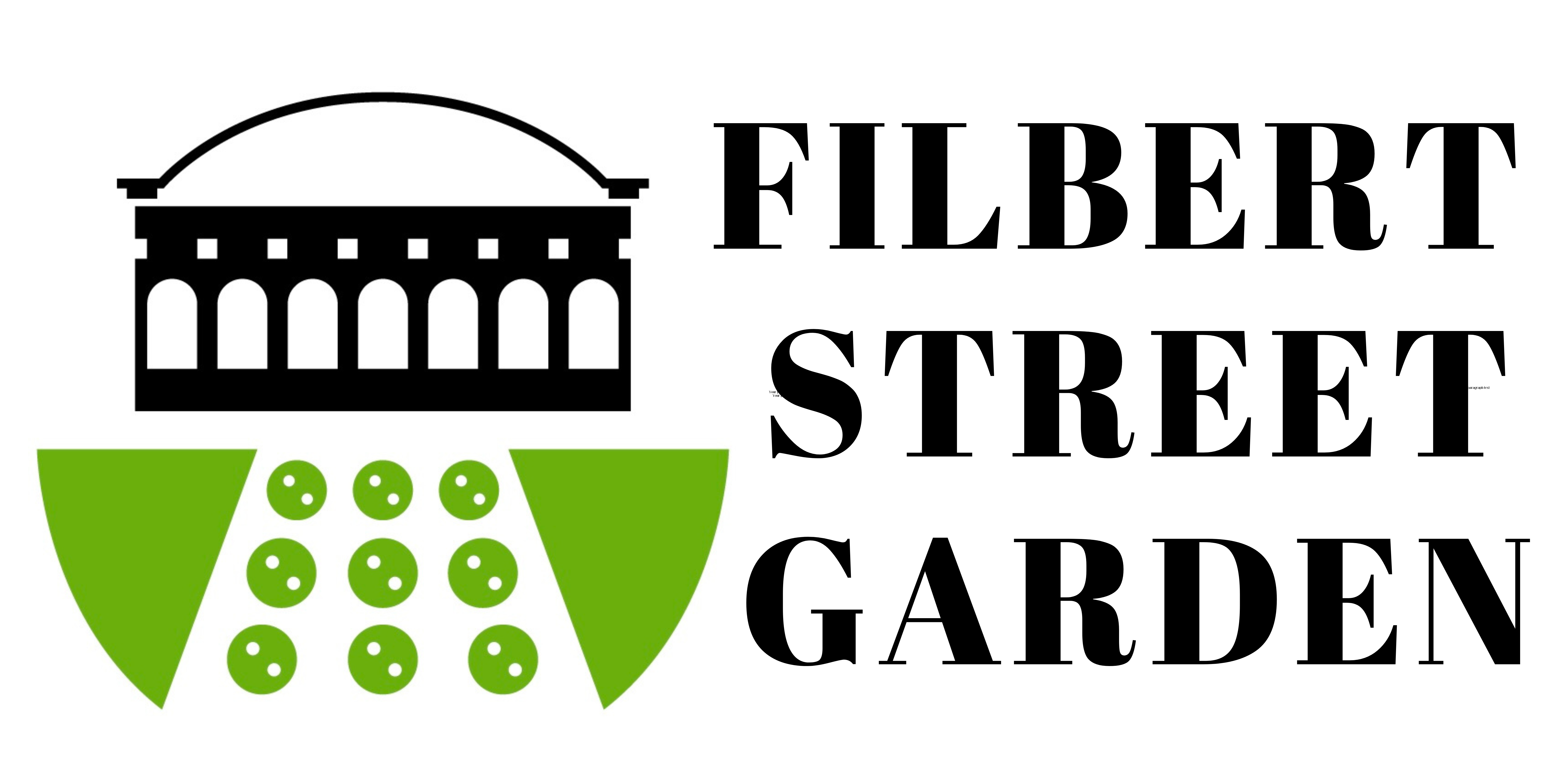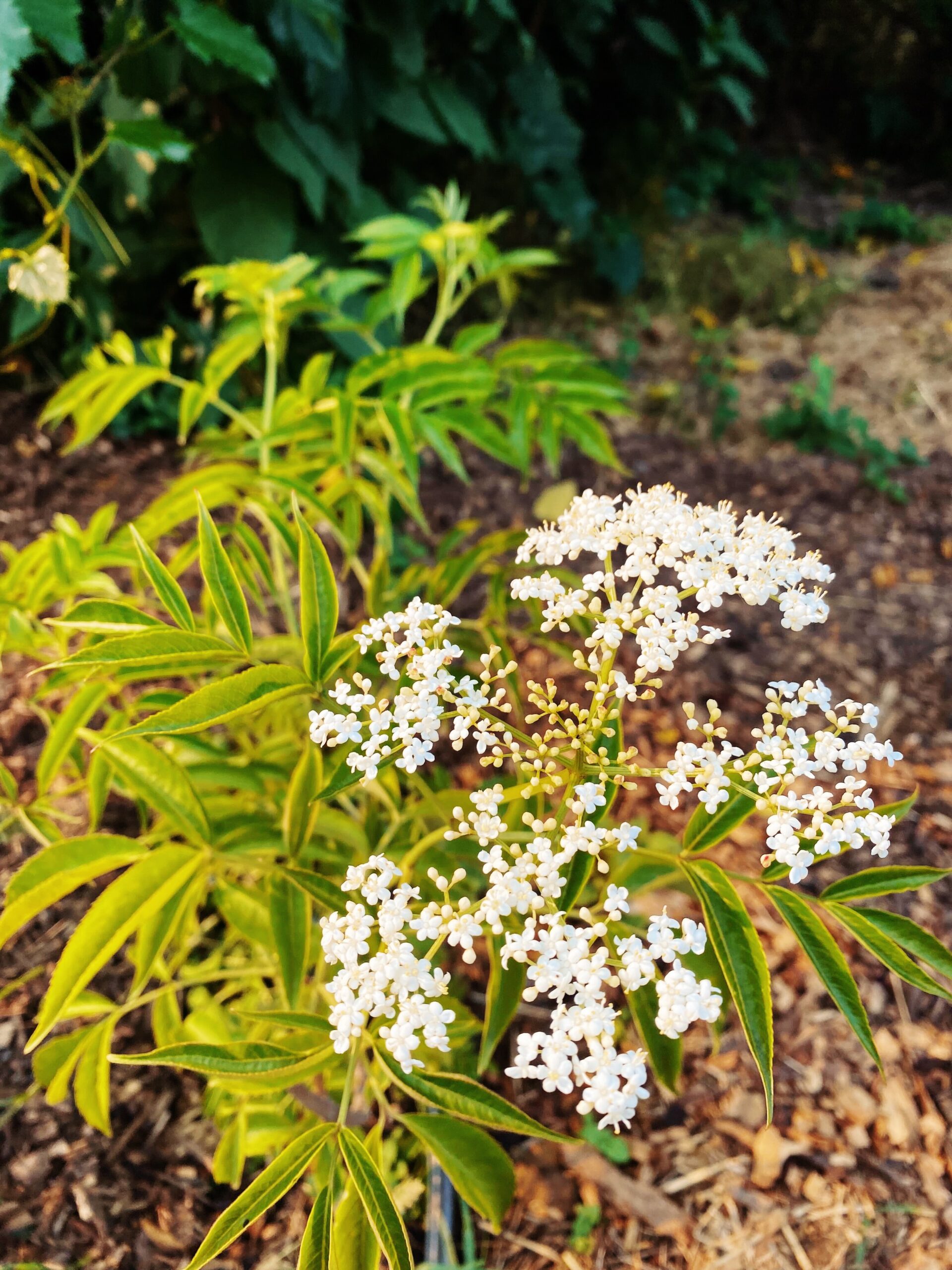Spring 2024 at the Garden!

We’re officially in the growing season now! Our hoop house has slowed down from our Fall and Winter leafy greens and herbs, and is ready to be turned over for a robust Spring and Summer growing season. Garlic and onions are going strong and will be ready for harvest in a couple months. Our fruit trees are pruned and prepped. We’ve switched out our Production Garden raised beds for more versatile and dynamic mounded beds. This will also allow us to grow more produce for the community than ever before, which is perfectly timed with the expansion of our curbside pantry. Along with the delicious classics you’ve come to expect from us, we’re excited to be growing culturally relevant heirlooms like Baltimore Fish Peppers, Hill Country Red Okra and more!
We’re excited to see both new and familiar faces in the Inner Garden this year! Our community gardeners have been working hard preparing and planting their plots. Our Garden Coordinator has been tending to seedlings that will be ready to go to our gardeners and the broader community in a few weeks. Keep an eye out for our Seedling Giveaway on May 11th from 11am-1pm right at Filbert Street Garden!








